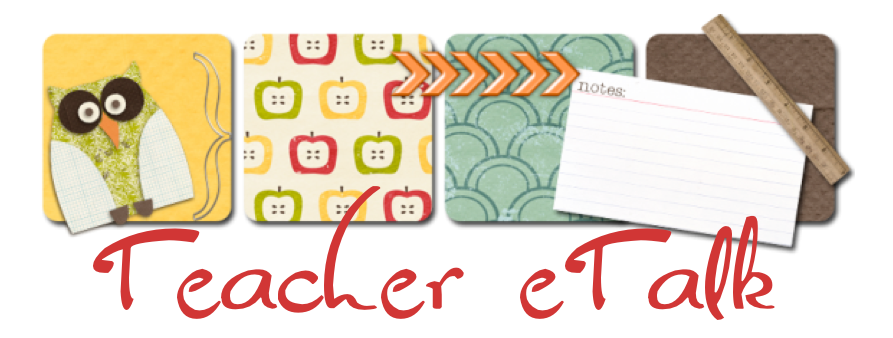This article, (together with my studies in EDPROFST 714), has really nudged me to try a new way of teaching. I've tried Inquiry before, but never with as much success as this time, and in the past I've ended up feeling quite dissatisfied with the whole process."The purpose should be creating the new information environment, one that's at the core of our children's 'outside the classroom' experience with technology. We have to bring digital, networked, abundant, overwhelming information into the classroom."
But, the winds of change are blowing in Room 24! This term, I decided to take up the challenge, and use technology, together with our school's inquiry model, to let my students manage their own learning. It has been the easiest few weeks in my teaching career, and the most gratifying. My class has gone from a structured, disciplined and teacher-led environment, to one in which I am sitting back taking photos of them, for lack of anything else to do, while my students work at their Inquiry topics. They are surprisingly quiet, and on-task, and need very little support from me, mostly shunning my conservative suggestions for more ambitious ideas. For example, they want to take a video of themselves explaining a concept against a green screen, and then point at a diagram on a Keynote page. (Yikes - we'll have to ask an expert!)
Our topic started out being 'States of Matter', but as the students continued the process of asking questions, and wondering, it became, quite simply: Water. (We were interested in more than just 'states of matter'!)
This is the process we have followed so far:
- I set the scene by creating a web page in KnowledgeNet with links to websites, videos and online interactive games about Water. I then set my students free to explore in a very unstructured way. (For me the letting go was the hardest. I like structure!)
- After that we discussed what they knew already. But, once the list was made, it covered my whole term's planned teaching! (No sense in teaching them what they know already!) Then we made a list of what we wondered. A very interesting list of questions came up.
- When we sorted the questions, we discovered that they fitted into about seven categories. We decided that we would have seven groups. Now to decide how to find the answers to our questions. (Social media was their first choice, but we ended up using books and websites mostly). They decided how to share their findings, and the kids decided on various forms of Digital Books that could be embedded in our class blog. We made a list of media to use, and came up with some tools that are available on our laptops and are approved in school. Once we were ready students chose which topic they were interested in, and chose which software to use for publishing their findings. We also talked about their focus audience, and it became a literacy lesson on Audience and Purpose!
- After that we started looking for relevant info, adding sticky notes to seven posters with the topic written in the middle, as they came across relevant facts. We did this first as a whole class activity, quite randomly browsing a selection of websites and books. Later each group focused on their topic only. The next step was for each group to sift and sort the information into at least eight pages. Once more, Reading comprehension skills, such as Finding the Main Idea, Determining Importance, and Summarising all came into play, in a very natural and unstructured way.
- Once that was done, students proceeded to write their scripts, using all the terms and jargon they needed, and explaining processes that they would follow. We spoke a bit about the structure of Explanation writing, but their eyes glazed over after a while, and I left it. They may as well find out for themselves, that you need a structure!
- When everything was ready, they started gathering media, taking photos and recording video and audio. At this stage we are synthesizing all of this created material into eBooks.






